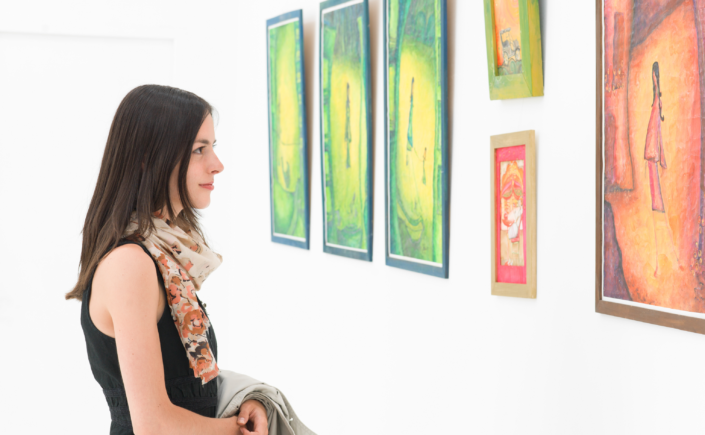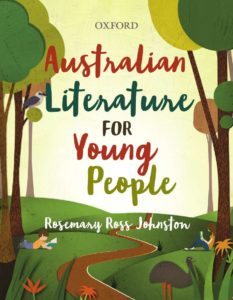An excerpt from Australian Literature for Young People by Rosemary Ross Johnston
The arts – literature in all its forms, theatre and cinema, dance, music, drawing, painting and sculpture – both sustain and create literate nations. They are not an extra-curricular frill, but an integral part of communal and personal lives; they arm for the journey and help make sense of the journey.
The arts are historically and culturally charged ‘habitats’ which emerge from the experience of humankind. Discipline-driven Western curricula tend to separate the arts from mainstream learning. But indigenous modes of knowledge transmission are arts-based and art-generated; story and song cycle and dance and visual arts shape and are shaped by social, learning and spiritual experience.
While Western curricula may not necessarily reflect this, the arts play a vital role in the constitution of national capital and national heritage. They are ‘creative’ not only for those who create them (the artists and writers and composers), but for those who interact with them and imaginatively participate as readers and viewers.
The Oxford Concise Dictionary defines ‘create’ as ‘bring into existence’; others define ‘creative’ as ‘inventive’ and ‘imaginative’, ‘creating or able to create’, ‘characterised by originality and expressiveness’, ‘stimulating’ (Oxford Reference Dictionary, Reader’s Digest Universal Dictionary). The many creative forms of the arts stimulate responsive creativity – activating thinking and engagement of the emotions, inspiring senses of the aesthetic, generating connections between artistic and lived experience. Creativity is contagious, active and vicarious; it jumps from one thought to another, from one imagination to another, from one mode of expression to another, from outer worlds to inner worlds, and from inner worlds to outer worlds.
A literate nation is creative. Through its policies and practices, through the investments (financial and other) it is prepared to make in the education of its young, it recognises the significance of the arts in teaching and learning, and in making provision for sustainable presents and creative futures. In valuing a culture of multiple artistic experiences, it encourages the capacity to listen with the mind as well as the ear, see with the spirit as well as the eyes.
The arts play out the great mystery in human lives, the otherwise inexpressible. They provide a ready forum for the discussion of moral issues, with all their concomitant stresses and ambiguities. Books and drama and art do not provide pat answers; rather, they peel open the most challenging questions. They help to unpick and interpret the density of living, as we do in Australia, in a multicultural and multi-faith society. Readers and viewers peer through the arts to observe the engagement of others (real and fictional) with the pressures of daily life, as well as with the clouds of unknowing. Indeed, the intersection of arts and religion provides an insightful introduction to negotiating the intercultural/interfaith divide.
The arts promote vision and understanding that are at once deeply personal and beyond the personal. Individuals are not sustainable – they are mortal. The arts – as religions do – sustain the spirit by giving a glimpse and a hope of something more.


Leave a Reply